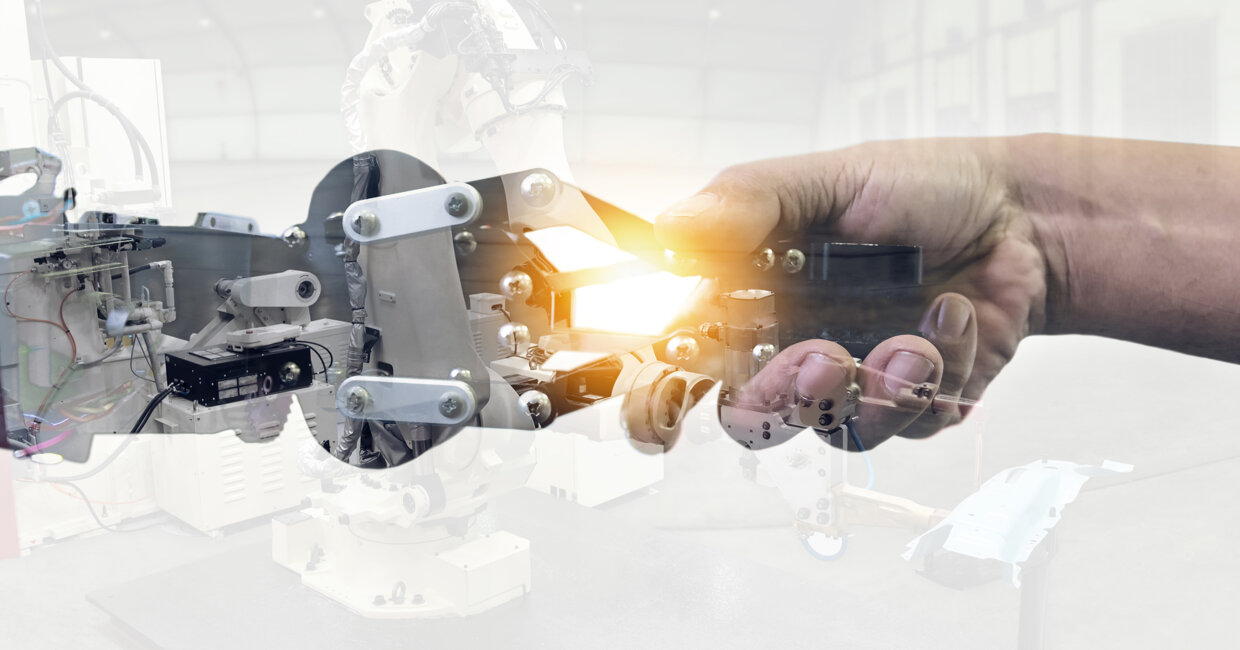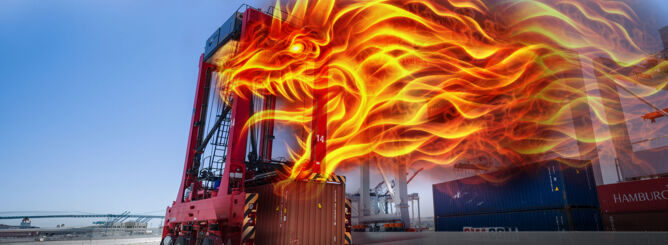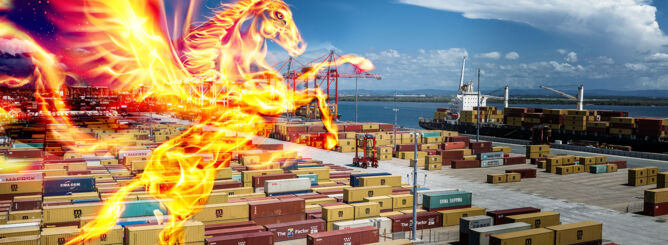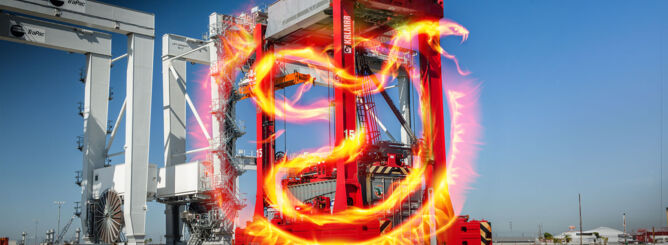Humanised automation
We often talk about unmanned container terminals, but it is important to realise that there is in fact no such thing.
Our industry – container handling – is a tremendously complex field that will always require high-level thinking that automated systems simply can't provide. Yes, automation is the clear way forward to improve safety, predictability and business performance at terminals, but we will still be needing people at terminals in the coming years. No matter how "intelligent" a machine or system is today, how well it performs is always determined by the operator’s or steering system’s skills outside the system itself.
How, then, are machine and human intelligence best combined in order to secure the optimum end results? We might not have the answers yet, but we should at least start asking the right questions. For example, what is the best way to control systems that combine automated and human-driven equipment? Today, automated and manually operated machines operate almost exclusively in their own strictly separated areas, which clearly is not ideal from the point of view of flexibility. How could we improve the connection between man and machine and make automated machines understand the behaviour and next intentions of machines that are controlled by humans – and vice versa?
We are in the service business
Another thing worth repeating again and again is that the container handling industry is not a production line; it is a service business. We are part of a vastly larger environment encompassing everything from global weather patterns to damaged containers and urban traffic flows. Treating a container terminal as a production line – a system dealing with highly repeatable, tightly constrained inputs – is a drastically inferior way to automate it.
For this reason, it is critical that we stop thinking about automated equipment and optimised processes only, and of trying to get people "out of the equation". We need to think about how we – the humans – interact with our systems, and how we can design our systems to embrace human behaviour, instead of treating it as an imperfection that will eventually be ironed out. What we need is humanised automation.
In this context, human-machine interfaces have an important role. Interfaces need firstly, to provide an intuitive way of steering the system and, secondly, make complex system processes understandable to users. They also need to be designed to accommodate – and not limit – human behaviour and capabilities.
Machines are working for us
A small example: At container terminals with automated horizontal transportation, ship-to-shore crane operators typically need to be very accurate in placing containers, especially when the automated vehicles are AGVs. Conversely, in an automated container terminal, crane operators can just set down the containers with a level of precision (e.g. 1 metre) that is natural for a skilled human operator working under time pressure. The horizontal transportation (automated straddle carriers) will find the container and pick it up.
Why can't we design our systems like this more often? After all, the machines are working for us, so shouldn't they be made to conform to our behaviour – and not the other way around?
Co-learning between people and machines
In industrial automation, collaborative robotics is already a reality, allowing people to work safely with industrial robots in shared workspaces. In the software realm, artificial intelligence (AI) and machine learning are developing at a remarkable pace. One day, it may be possible to implement AI in the management and operations of a terminal, but until then, we need to think about how we enable co-learning between people and machines. We already have systems that can adapt and learn, but humans need to drive them.
“Humanised automation is about creating the right framing for the questions we are asking, and understanding our world as it is today.”
Ultimately, humanised automation is about creating the right framing for the questions we are asking, and understanding our world as it is today. It is about how we can get better results when we address human factors in the core design of our systems, instead of getting lost in sci-fi fantasies of completely unmanned terminals. So let's stay on track and remember for whom we are designing our systems. We are designing them for ourselves – the humans.
Lasse Eriksson, Vice President, New Service Business Concepts, Kalmar
Frank Kho, Vice President, Kalmar



